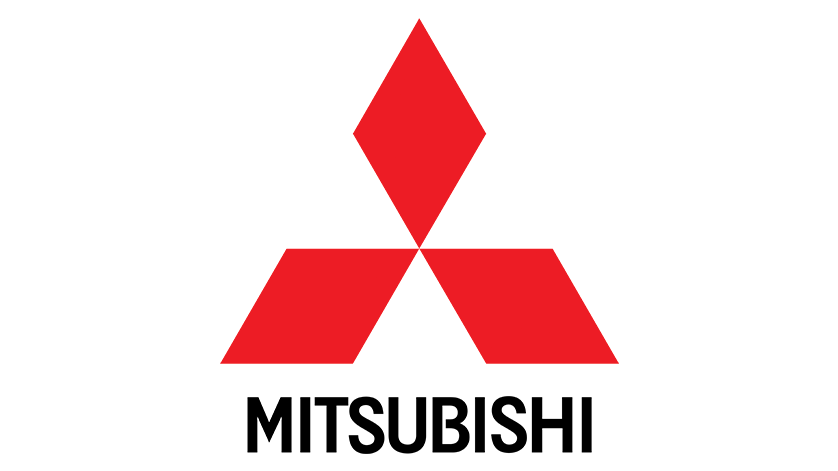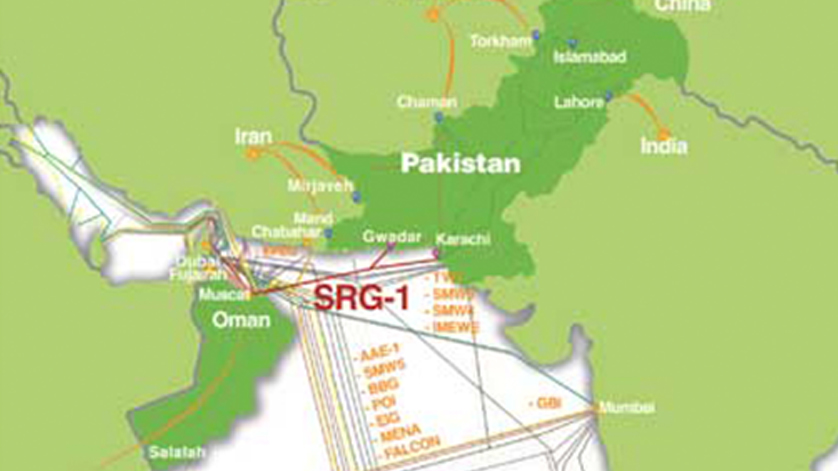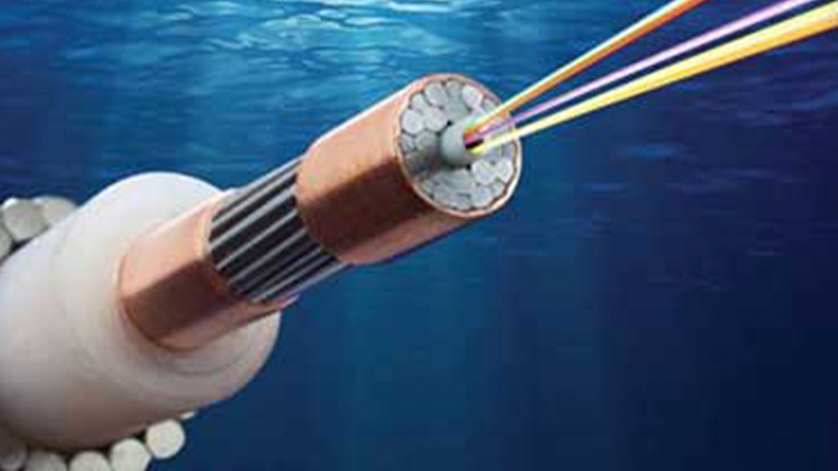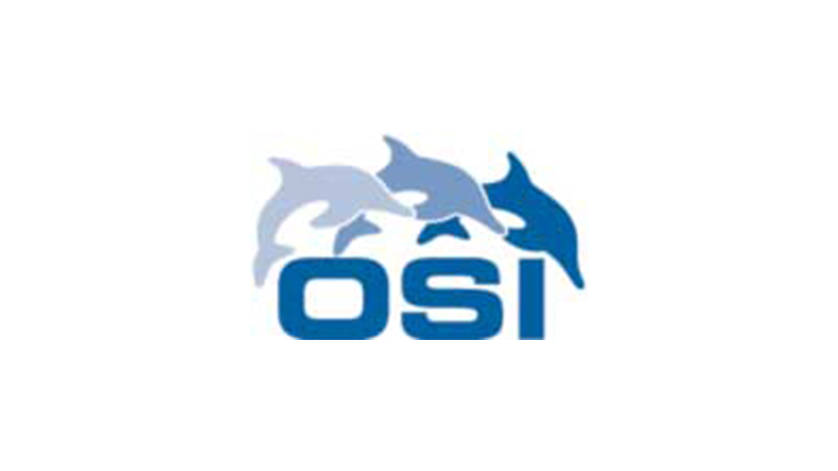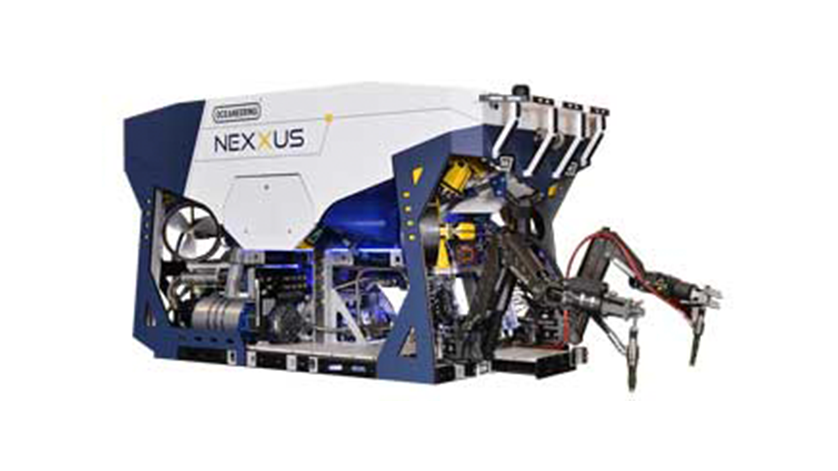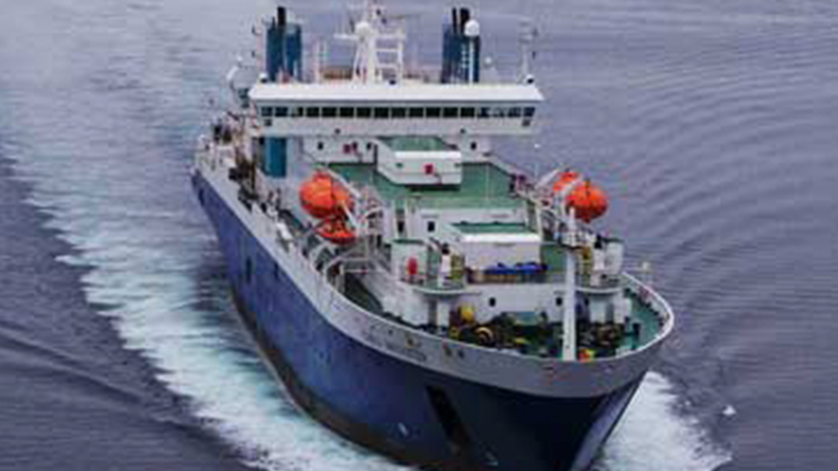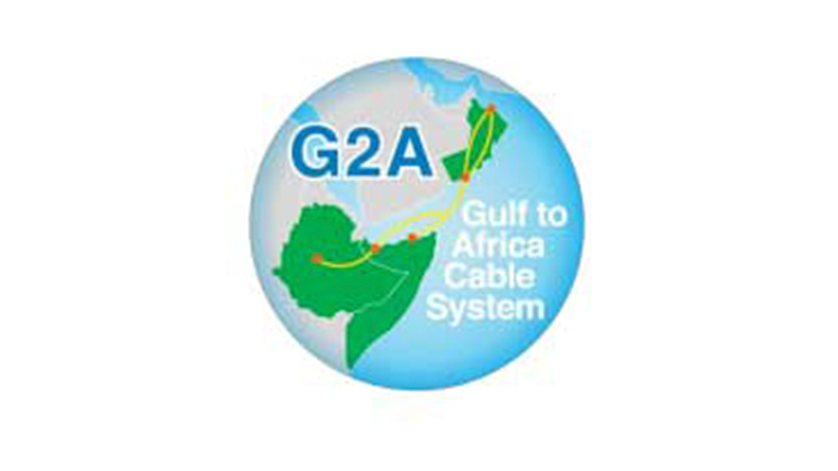DUBAI, UAE, 23rd May, 2016 – Leading Mobile Satellite Services operator, Thuraya Telecommunications Company and its long-standing service partner, IEC Telecom, will join forces to showcase the latest high quality maritime services at this year’s international shipping exhibition, Posidonia 2016, in Greece.
Visitors to Hall 1, booth 1.210 will have the opportunity to engage with senior leaders from Thuraya and IEC Telecom who will be available to answer questions on Thuraya’s cutting-edge maritime portfolio. The portfolio includes the Thuraya Orion IP broadband terminal, the SF2500 voice satellite terminal, Thuraya Calling Card, and Thuraya Atlas IP.
Leticia Diaz del Rio, Global Business Development Manager, Maritime, Thuraya, said: “We look forward to meeting our valued customers and meeting new ones at what is a very important maritime event. Ship-to-shore communications has numerous benefits for ship owners and crew.
“With this in mind, Thuraya has built a maritime portfolio to match the needs and requirements of those working in the various maritime markets. Our range of robust and reliable voice and data products and services continues to keep crew and vessels connected at sea.”
Easy to install, Thuraya Atlas IP offers managers and crew seamless access to the internet, enhanced connectivity, and high-speed onboard efficiency with best-in-class data rates. As well as driving operational efficiency, ships can now be transformed into remote offices with very little effort. The terminal features a single cable connection to the stabilized antenna, direct bulkhead mounting, and built-in Wi-Fi.
Combined with Thuraya’s flexible airtime plans, Atlas IP is a reliable and efficient data connection point that makes it easy to manage and which reduces operational costs. Atlas IP has been tested in a variety of marine environments and regions and lives up to its promise of being a ‘lifeline’ to the maritime sector.
Dominique Audion, Global Development Manager, IEC Telecom, said: “We are pleased to partner with Thuraya at Posidonia 2016. With the expansion of Thuraya’s maritime portfolio, we have even more of a selection of high-quality equipment and services to offer customers - vital equipment that keeps crew connected with family and friends while away at sea.”
Orion IP
Built by one of the best manufacturers in the world, Thuraya Orion IP provides merchant maritime, fishing, government and leisure users with competitively priced, robust and reliable data connectivity at rates of up to 444kbps. At a time when ship owners and operators need to maximize the operational effectiveness of a fleet while minimizing costs, Thuraya Orion IP is the necessary choice.
SF2500
Harsh maritime and land environments require robust, versatile, and cost-effective solutions. Thuraya SF2500 is a voice terminal designed and built for such environments. User-friendly and easy to install, the SF2500 is the safe solution for small to medium-size fishing vessels, patrol boats as well as land vehicles.
Calling Card
Thuraya Calling Card provides a reliable and affordable way for individuals and business executives to stay in touch with friends and family.
Calling Card can be used from fixed and mobile phones and through the Thuraya network. Ship owners can be provided with an onboard landline number of their choice to ensure costeffective voice calls from ship to shore and from shore to ship.
Available in denominations of 25, 50 and 100 units, Calling Card is the dynamic, value-formoney card created for business leaders needing to monitor the cost of calls made by crew.
Customers benefit from a convenient and clear connection…while managers enjoy a costeffective solution that reduces the need to monitor company telephone budgets.
The unique Thuraya Calling Card allows individuals to make numerous calls from the same handset – without waiting for a huge monthly itemized bill. This is simplicity at its best.


